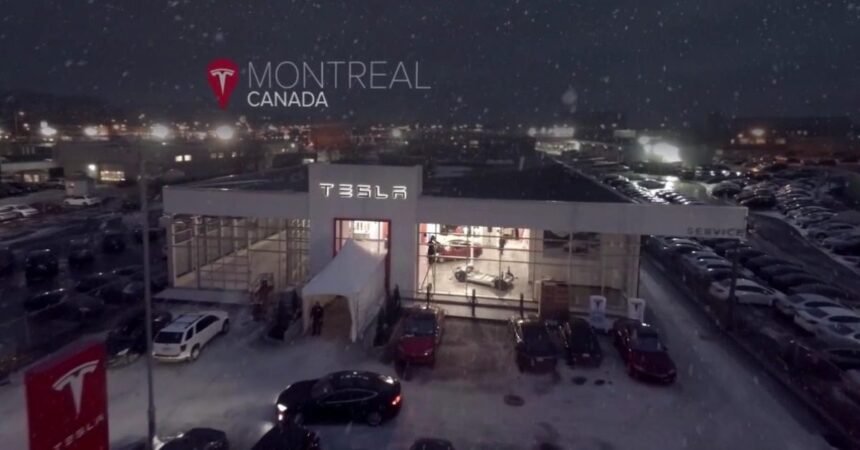Transport Canada has recently concluded its investigation into Tesla’s controversial filing of $43 million worth of electric vehicle incentives in a single day. The investigation found that the claims did indeed represent cars sold before the deadline to file for incentives, but it still raises questions about disorganization within Tesla.
To provide some context, Canada abruptly ended its electric vehicle incentives program back in January, catching many EV dealers off guard. With only three days’ notice, there was a sudden rush to sell cars and file for incentives before the program ran out of funds.
One particular Tesla dealership in Quebec stood out, recording 4,000 rebate requests in a single weekend, a number that seemed impossible given its relatively small size. Other Tesla locations also filed for suspiciously high numbers of incentive claims on the same weekend.
This raised concerns among other Canadian auto dealers, with the head of the Canadian Auto Dealers Association (CADA) accusing Tesla of “gaming the system” to secure an excessive number of incentive claims. The total amount of $43 million represented more than half of the remaining funds in the government’s coffers.
Despite Tesla’s delivery pushes and increased sales leading up to the credit’s expiration, the numbers seemed questionable. This, coupled with Tesla’s strained relationship with Canada at the time due to CEO Elon Musk’s involvement in activities that were seen as detrimental to Canadian interests, prompted Transport Canada to launch an investigation.
In response to the investigation, Tesla took a defensive stance, threatening legal action and shifting blame onto Transport Canada for the negative public perception the company was facing. However, the investigation results revealed that Tesla’s claims were legitimate and represented cars sold before the program’s end date.
Transport Canada has committed to fulfilling all incentive claims for cars delivered before the deadline, regardless of the program’s budget constraints. CADA estimates that around $11 million in past-due claims are owed, raising questions about how Tesla was able to file these claims so suddenly.
While the legitimacy of the claims has been confirmed, concerns about Tesla’s organizational structure linger. The situation highlights a recurring issue within Tesla, where matters tend to slip through the cracks until they become urgent emergencies. This pattern reflects a deeper problem within the company that may not be easily rectified, especially under the leadership of a CEO more focused on external ventures than internal operations.
In conclusion, the outcome of the investigation may have clarified the legitimacy of Tesla’s incentive claims, but it also underscores the need for improved organization and efficiency within the company. Addressing these internal challenges will be crucial for Tesla’s long-term success in the competitive electric vehicle market.







